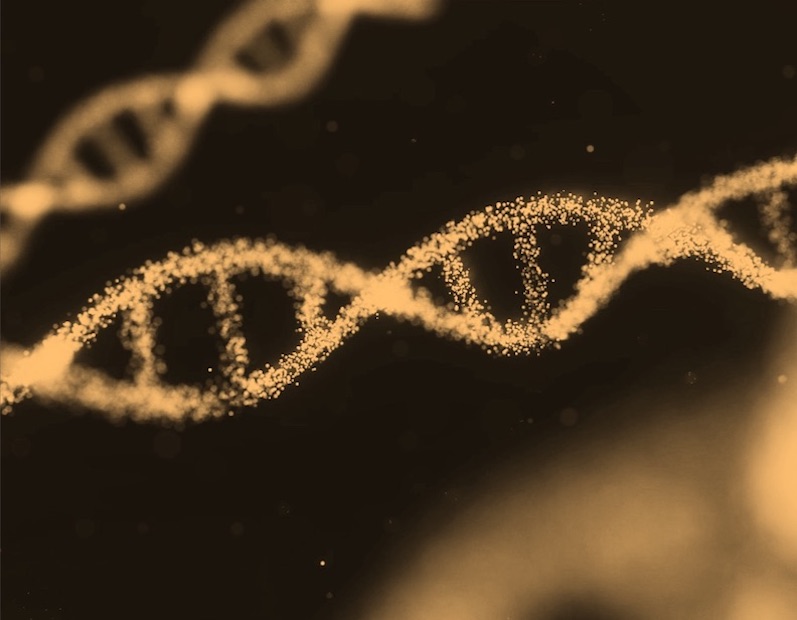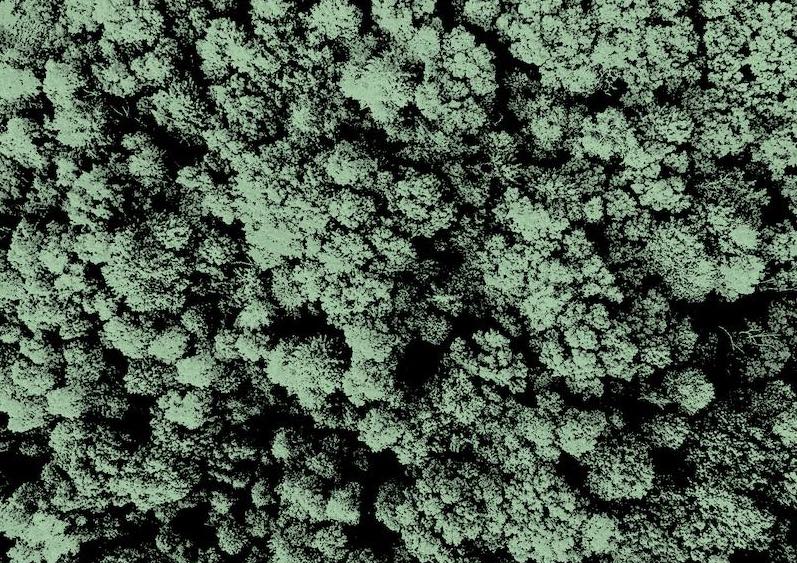What is it about?
This manuscript describes the interactions of Chloride with iron oxide and how Chloride plays a role in the break down of the passive iron oxide film. The manuscript compare the different breakdown mechanisms proposed in the literature at an atomistic level.
Featured Image
Why is it important?
This manuscripts shows that it is thermodynamically more favorable for the Chloride enhance breakdown of the oxide from the surface rather then through an ingress into the oxide film. In this model the concentration of Chloride and defect sites on the surface play an important role. The Chloride acts as an catalyst degrading the oxide from the surface.
Perspectives
This was a very exciting project helping us better understand the breakdown of oxide films which can lead to depassivation. This has been an very active field of research for decades and being able to provide atomistic insights into the different mechanism and gain a step by step understanding on how these complex process occur is fascinating. There is still a lot of questions unanswered in this field and we are looking forward to continue our work in it.
Liney Arnadottir
Oregon State University
Read the Original
This page is a summary of: The Effect of Surface Defects on Chloride-Induced Depassivation of Iron—A Density Functional Theory Study, CORROSION, July 2020, NACE International,
DOI: 10.5006/3501.
You can read the full text:
Contributors
The following have contributed to this page







